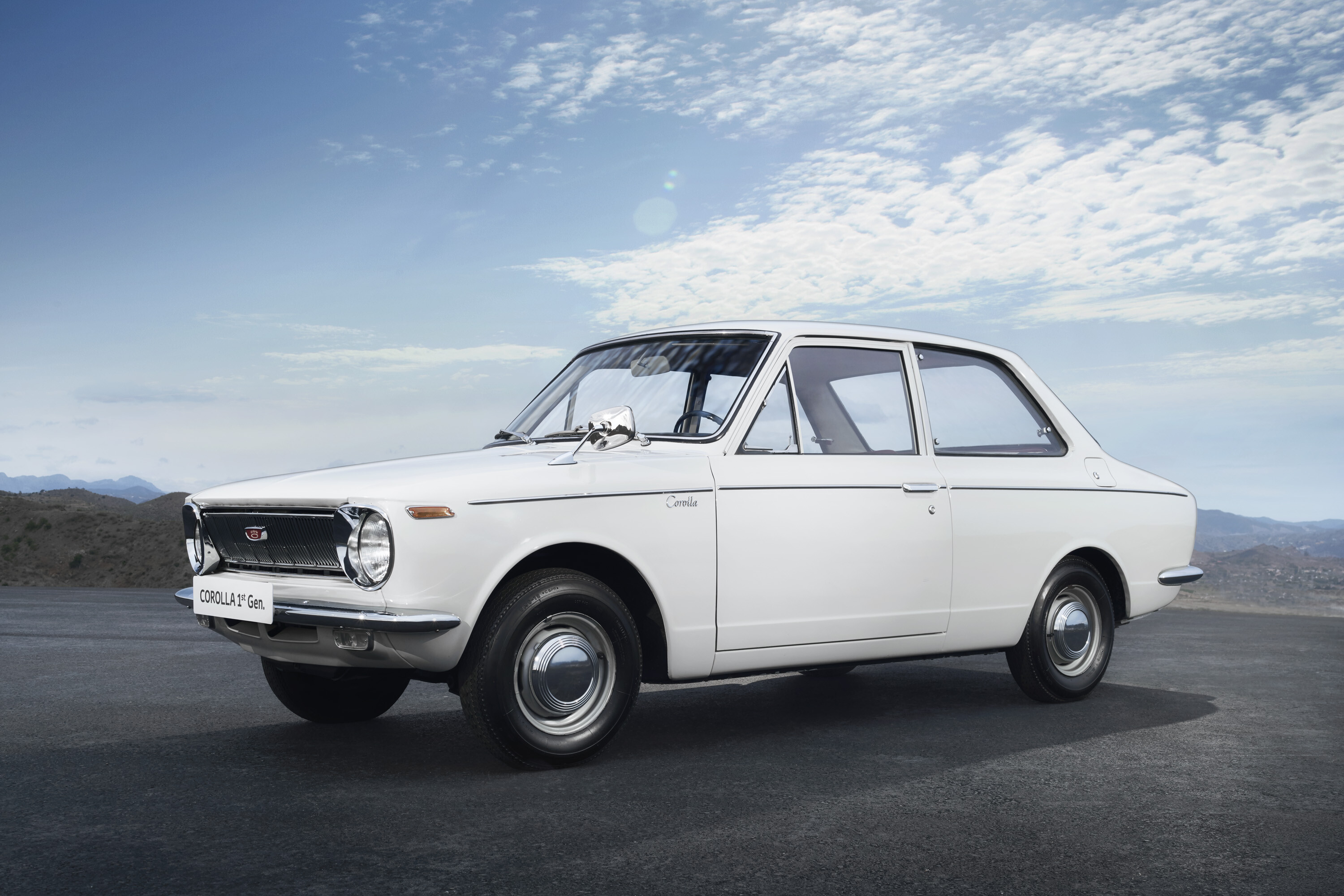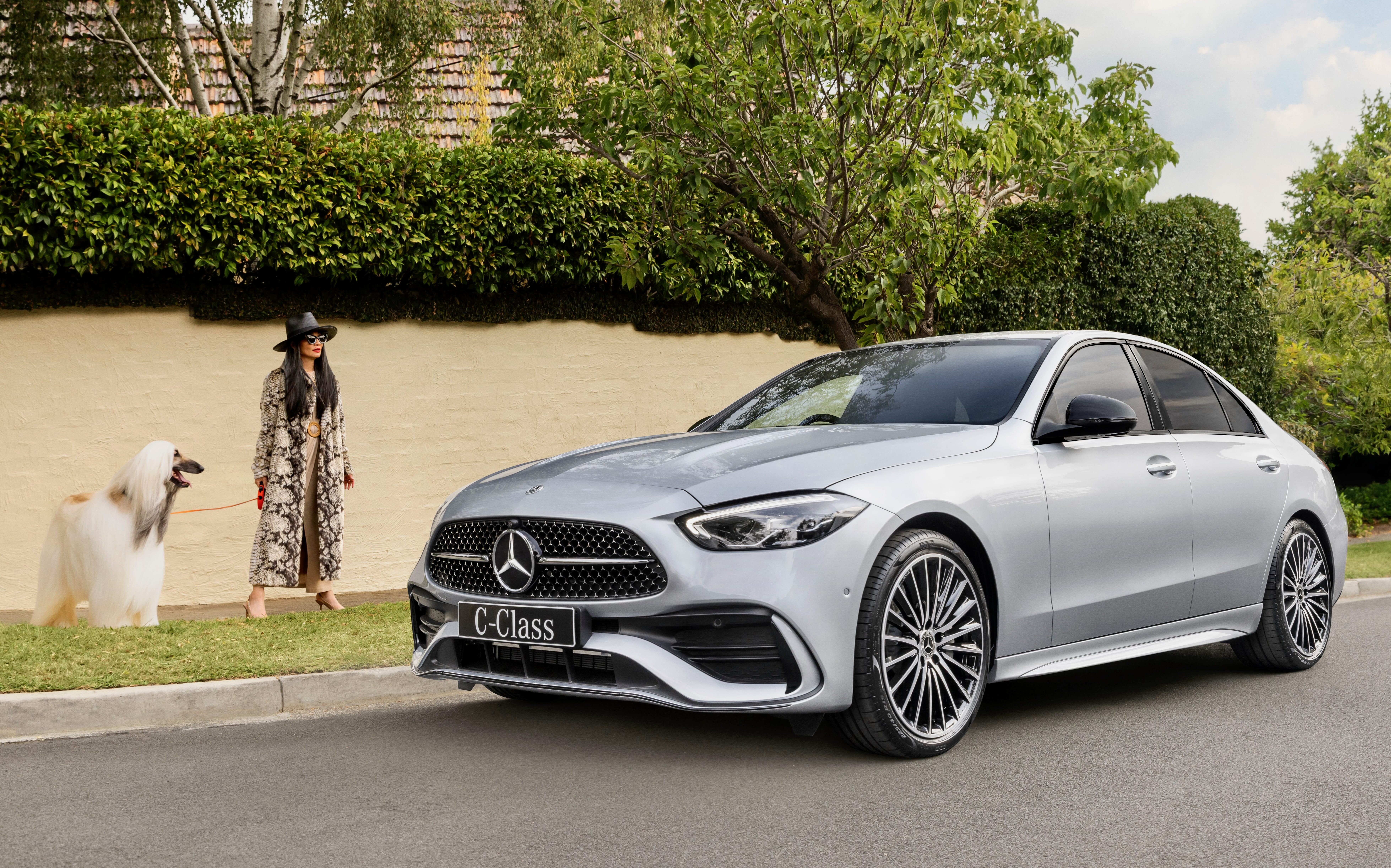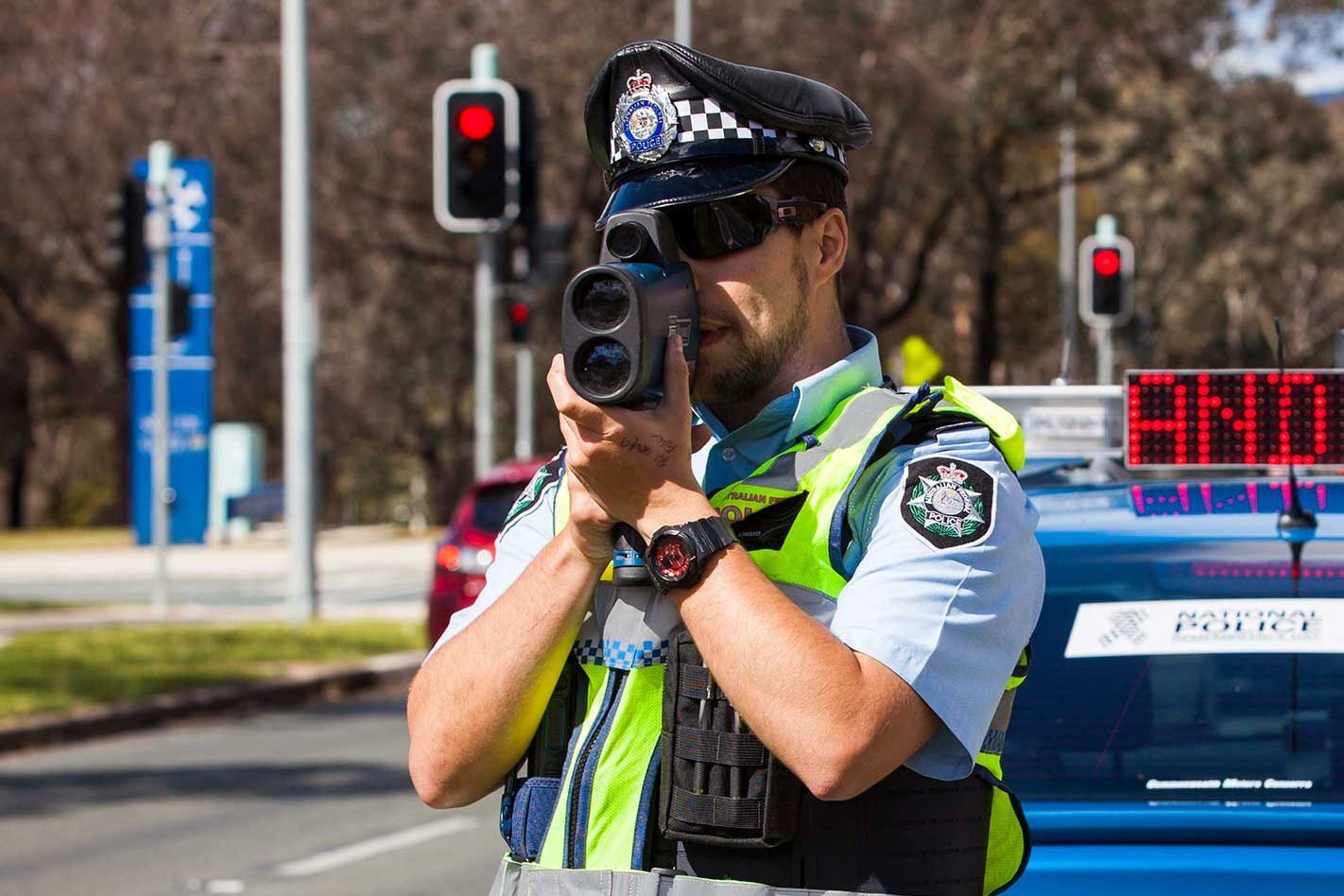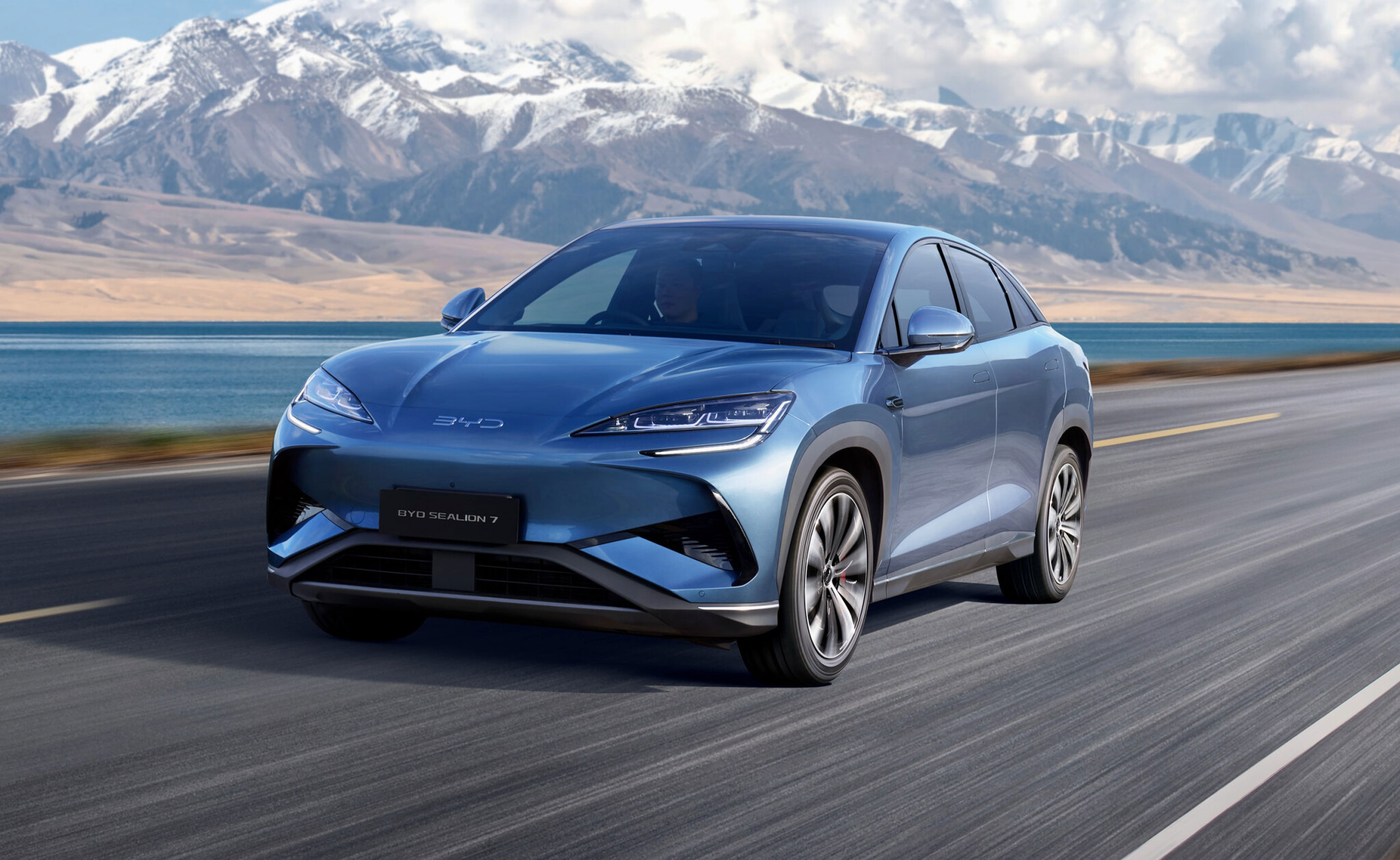The biggest selling car of all time? It depends on your definition of ‘car’.
As a single design, substantially unchanged throughout its entire production life, it’s got to be the Volkswagen Type 1 (aka Beetle), with 21.5 million units. However, if it’s all in the name, that name is Toyota Corolla.
In August 2021, the Corolla nameplate surpassed 50 million units worldwide.
The name is the only thing today’s front-wheel-drive, 12th generation Corolla has in common with the model that started it all, the KE10-series of 1966. But the name would become international shorthand for a pleasantly styled, dependable small car for first-time drivers and growing families.
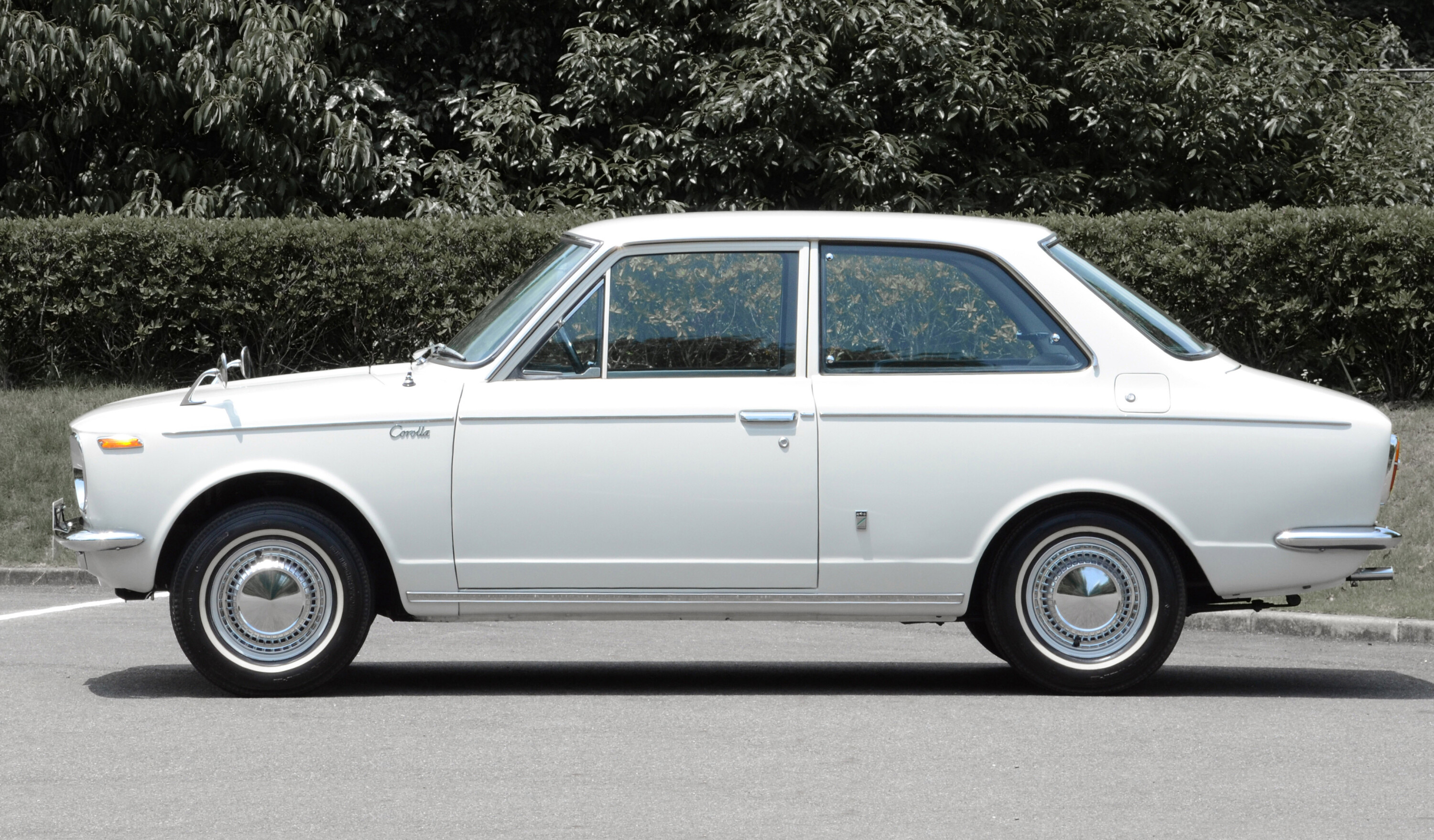
Toyota’s medium-sized Corona launched its third generation in 1964. Post-war Japan was experiencing a wave of motorisation, and economic growth of 15 percent annually.
Abroad, including in Australia, the ‘shovel-nose’ Corona was helping to change perceptions of Japanese cars’ quality and durability.
The father of the Corolla was Tatsuo Hasegawa, an engineer and aerodynamicist with the Tachikawa Aircraft Corporation who joined Toyota in 1946. There, he developed the Publica (to the government’s ‘national car’ order) and, more interestingly, the derivative Toyota Sports 800 coupe, first shown in 1962.
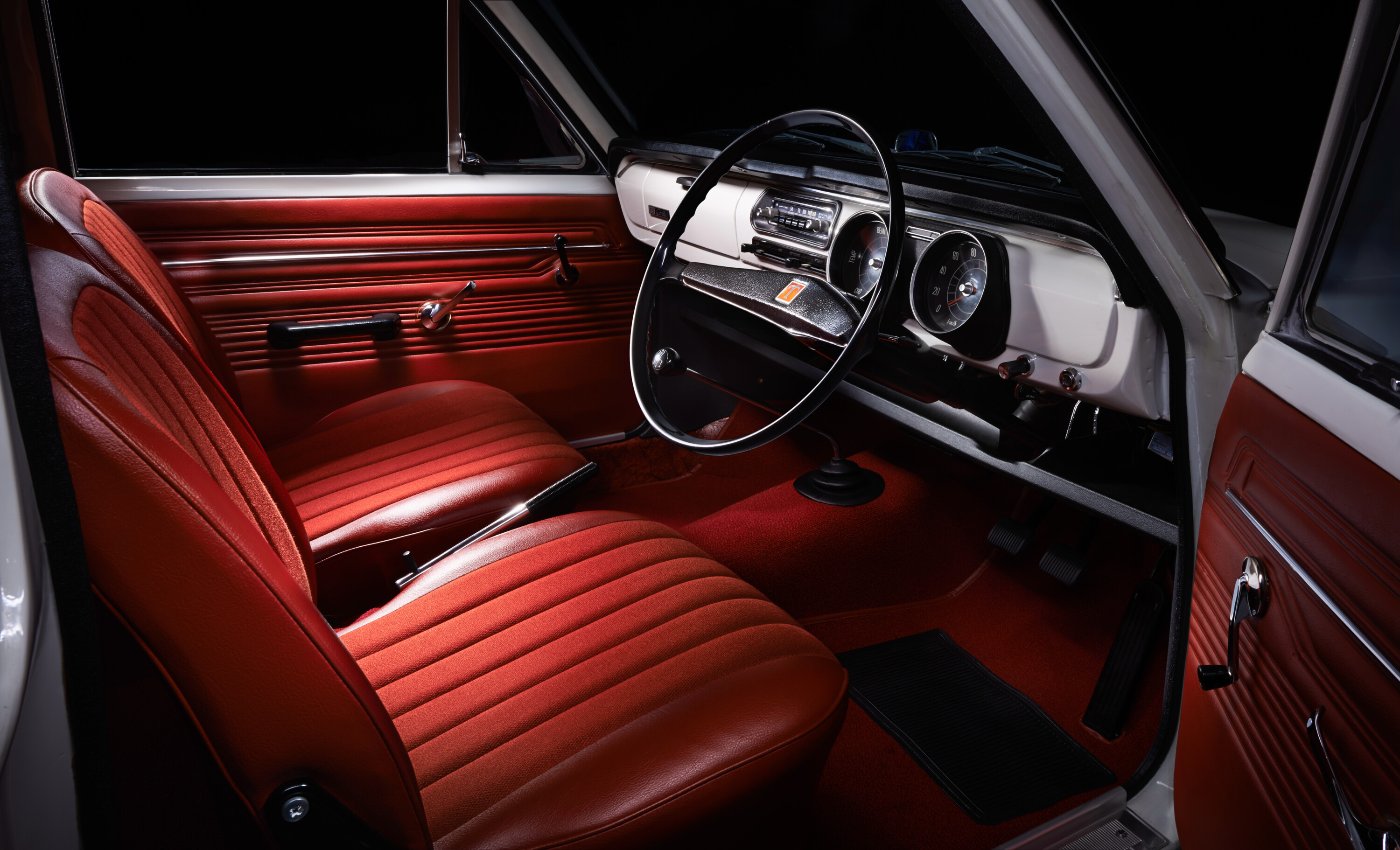
The father of the Corolla was Tatsuo Hasegawa, an engineer and aerodynamicist with the Tachikawa Aircraft Corporation who joined Toyota in 1946
Appointed to the new, sub-Corona small-car project in 1963, Hasegawa’s influence would show in the Corolla KE10’s smooth and sporty styling, MacPherson strut front suspension and a drivetrain that included an efficient 1.1-litre engine (out-gunning new rival, the Datsun 1000) and an all-synchromesh, four-speed floor shift.
The brand-new ‘K’ engine was robust and reliable more than it was innovative, but the Corolla was an impressive package with its 44kW output, light weight and value for money – especially in the context of pasty Pom rear-drive rivals.
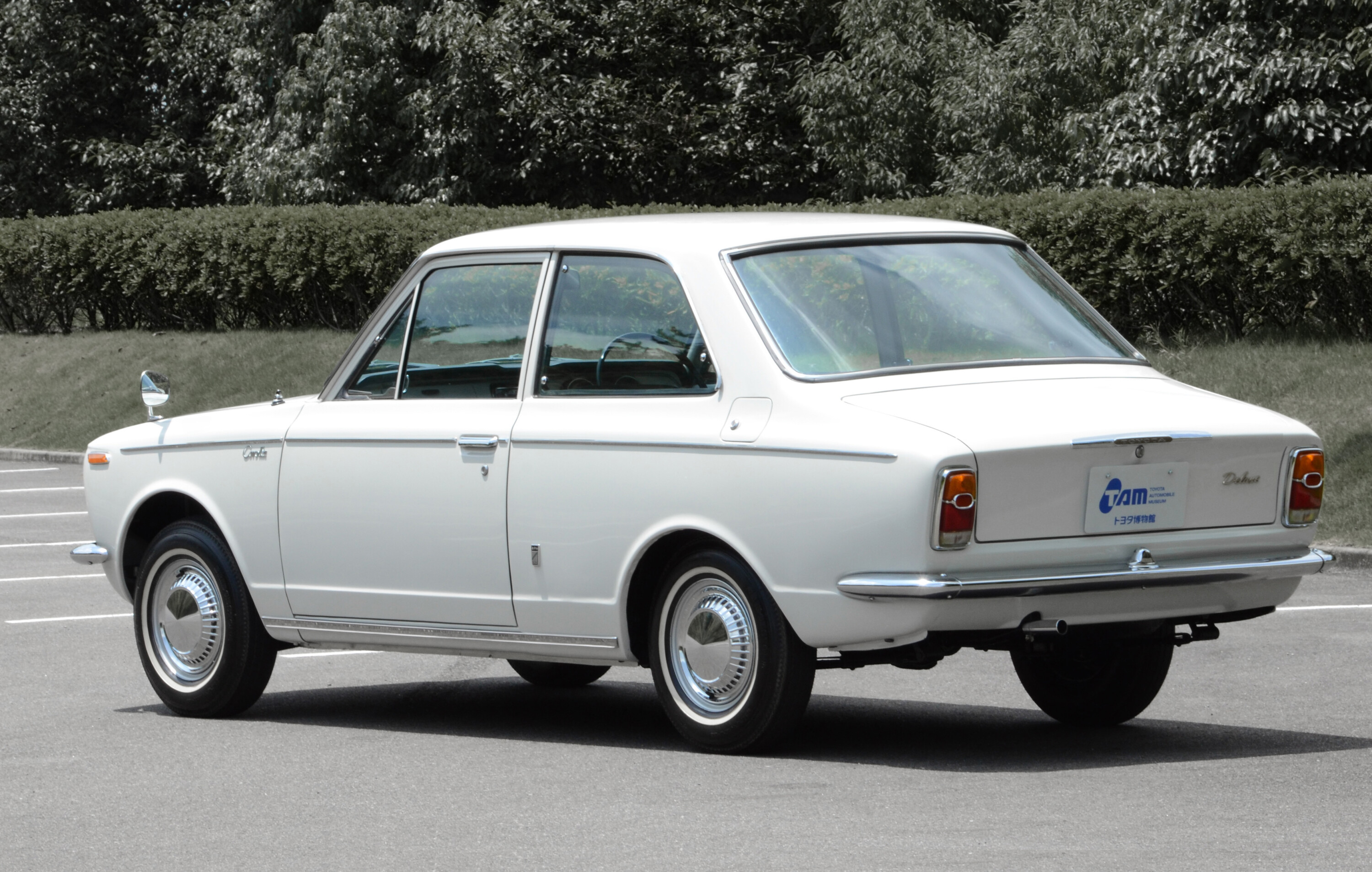
The initial two-door sedan was joined in May 1967 by a four-door and wagon, and subsequently a two-door fastback version, the Sprinter (KE15), launched in 1968.
Australia became the Corolla’s first export market in the world in June 1967, with local assembly (of a mildly warmed ‘Corolla SL’ version) commencing in Melbourne in 1968. On Bathurst 500 debut in 1967, Corollas finished 1-3-4 in class against the Datsuns, but were subsequently excluded for cheating.
When the KE10 was replaced by the KE20 in May 1970, more than one million Corollas had been built in just four years; a milestone that had taken Volkswagen 10 years. These days, Corolla production regularly exceeds one million units every year.
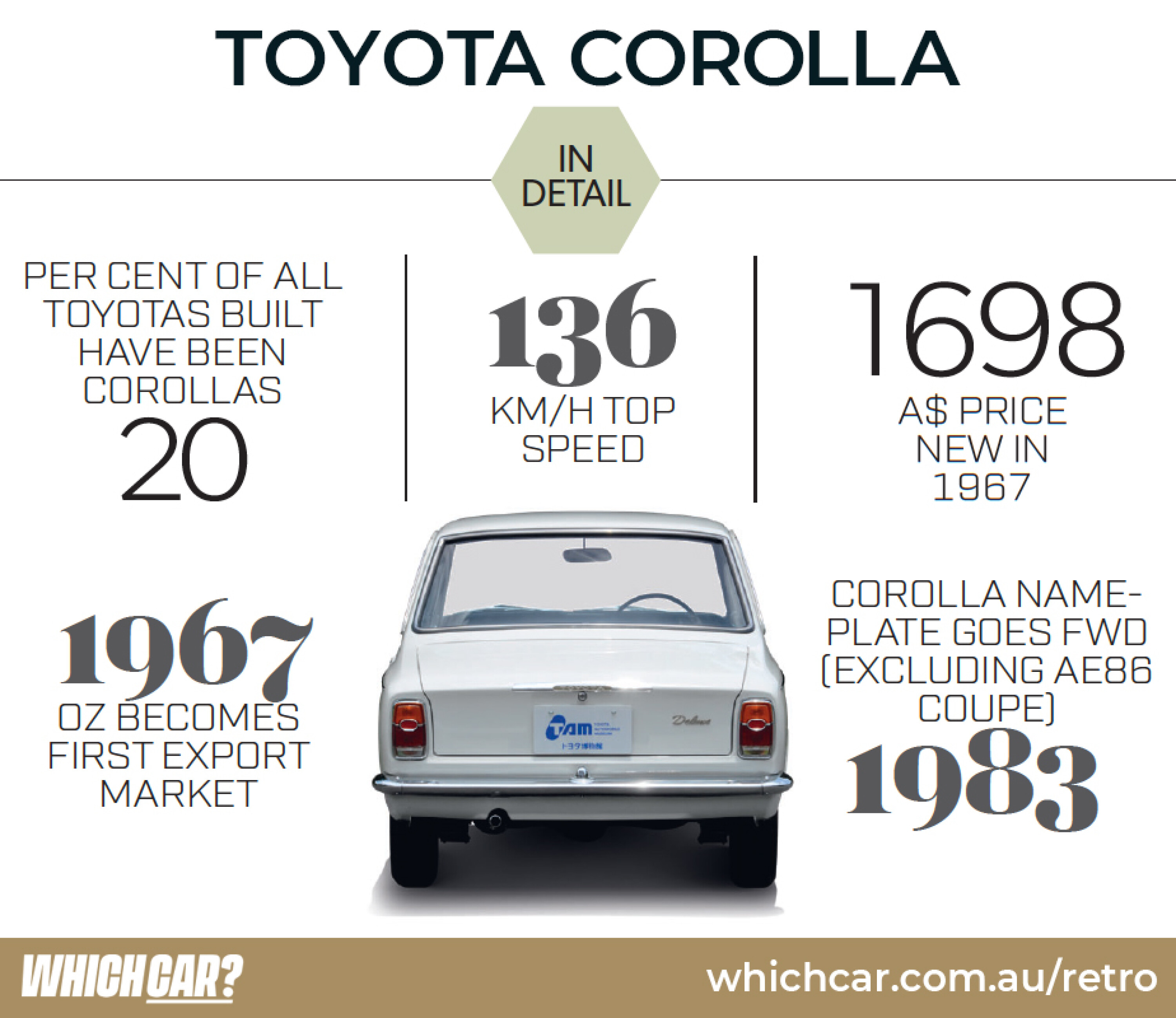
Against the flow
The iron-block K engine had a simple pushrod ohv design and a non-crossflow alloy head, but was robust with its five-bearing crank.
KE10s put out a commendable 44kW and 83Nm with 5.5L/100km fuel efficiency.
A new, single ohc ‘3K’ 1166cc engine replaced the original in 1969.
Mechanically in synch
Corolla KE10’s styling still stands up today, and in its day the inclusion of MacPherson strut front end and all-synchro floor shift lifted the overall spec above class average.
Inside, dual circular gauges, push-button radio, and reclining bucket seats made it feel bright and sporty.
We recommend
-
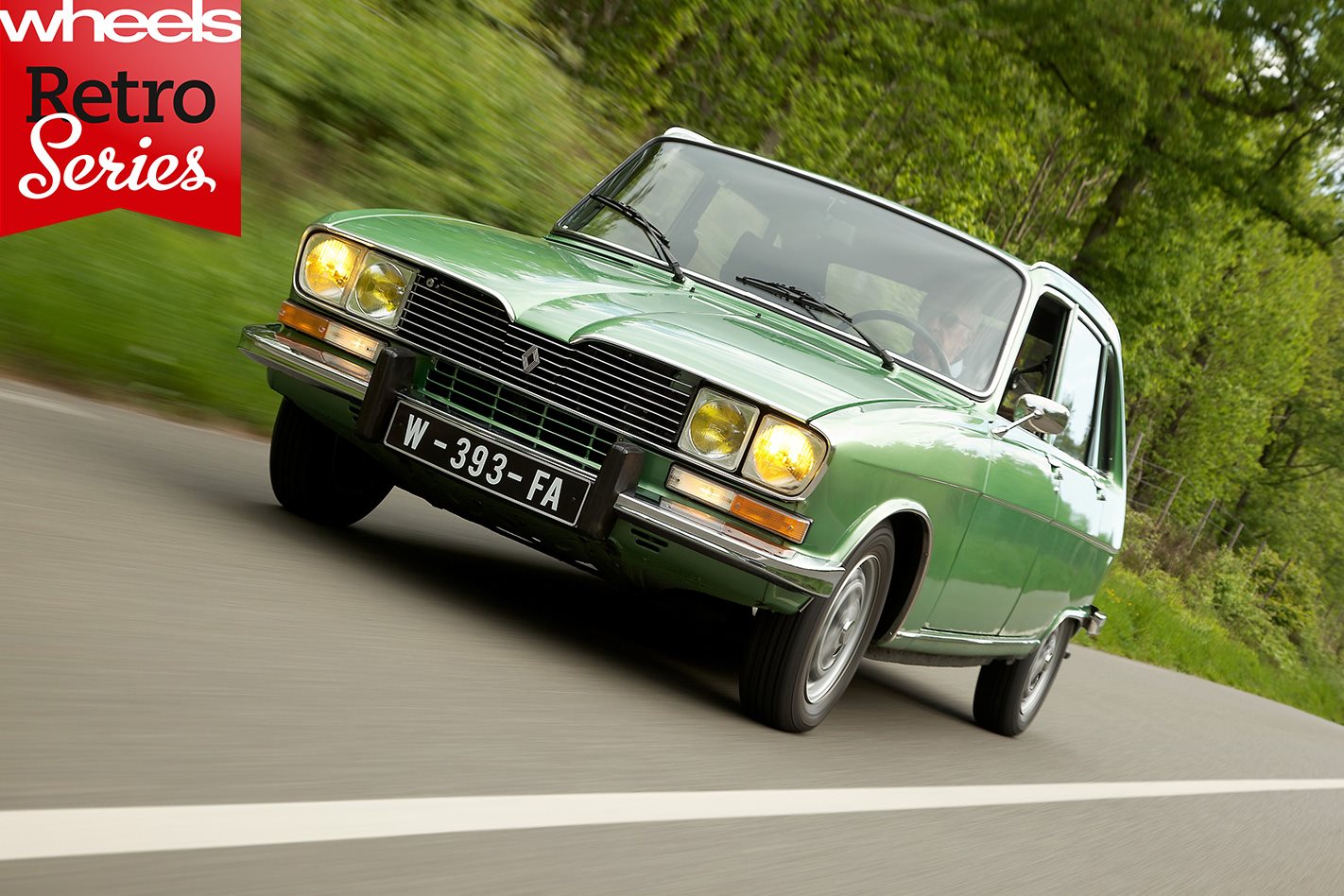 Classic Wheels
Classic Wheels1965 Renault 16: retro series
How the French revolutionised the small car.
-
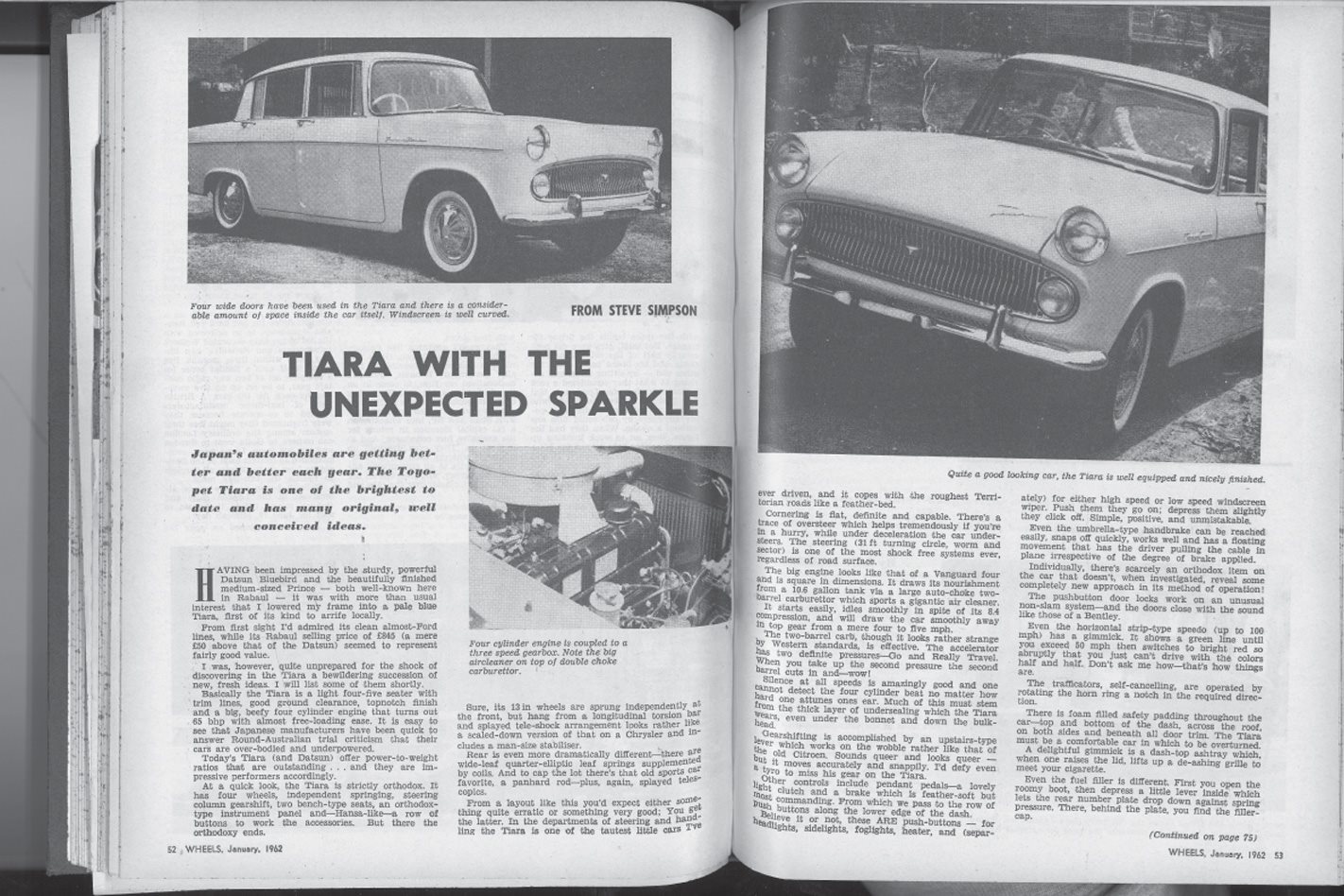 Classic Wheels
Classic WheelsRetro Review: 1962 Toyota Tiara review
Japan's automobiles are getting better and better each year. The Toyopet Tiara is one of the brightest to date and has many original, well-conceived ideas.
-
 Features
FeaturesThe 1964 Trabant 601 was a chip off the Eastern bloc
The Trabant’s longevity was an indicator of austerity, not engineering excellence

